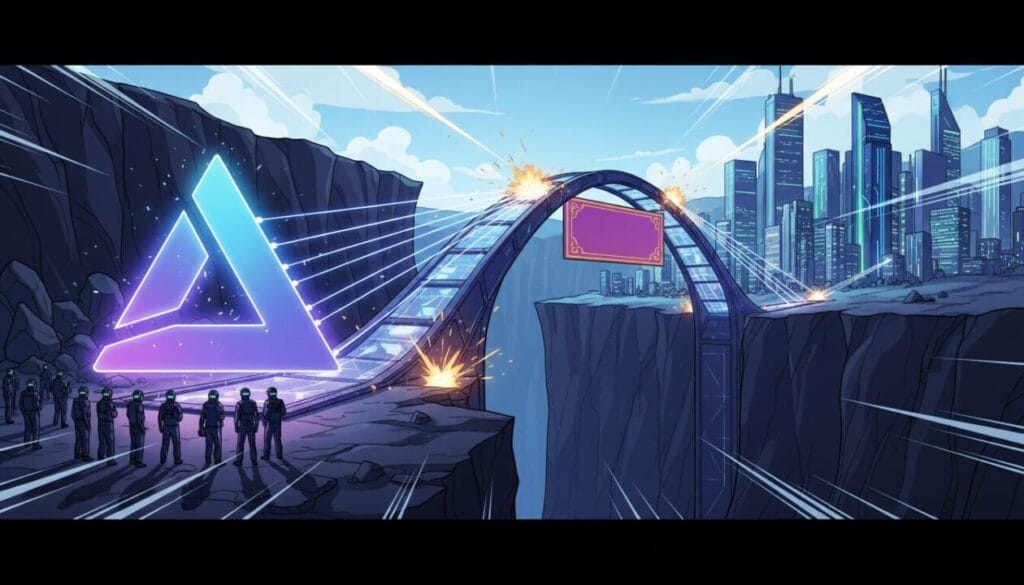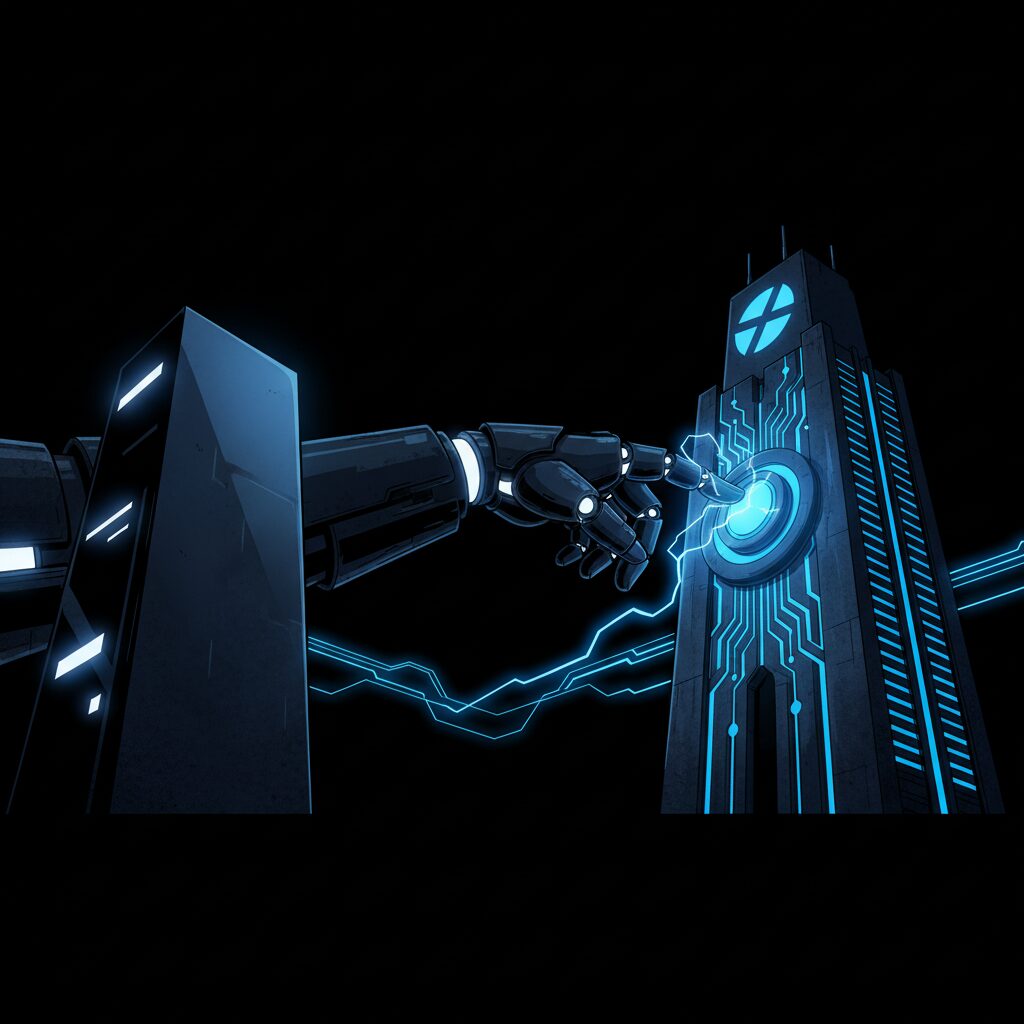ARCS Upgrades Platform to Tokenize Traditional Japanese Houses as Digital Assets

Bridging Heritage and Blockchain
The blockchain platform ARCS has launched a major upgrade, ARCS 2.0, aiming to carve out a niche in the rapidly growing tokenized asset market. The new version introduces a unique model that tokenizes traditional Japanese pre-war wooden houses, known as kominka, transforming them into digital real-world assets (RWAs) within a decentralized economy. This move comes as the RWA market has expanded over threefold to approximately $32 billion in the last two years, with some industry analyses projecting a valuation of nearly $2 trillion by 2028.
A central feature of ARCS 2.0 is a partnership with Tokyo-based SSG Holdings and its subsidiary, Sun Sun House. This collaboration brings historic kominka properties onto the blockchain, allowing them to function as both investment vehicles and hospitality facilities. Under this model, the platform’s native ARX token becomes the exclusive medium of payment for booking stays, receiving discounts, and participating in loyalty programs.
Property hosts are paid directly in ARX, which can be reinvested or staked within the platform. This design fosters a closed-loop ecosystem where travel, commerce, and data sharing consistently drive token circulation. Every interaction, from booking a room to engaging in local activities, becomes an economic event that generates and redistributes value through the ARX token.
From Data Bank to Utility Token
The ARCS ecosystem initially began as a data bank that rewarded users with ARX tokens for contributing anonymized information. The upgrade refines this concept by tying the token’s value directly to frequent and verifiable transactions, addressing earlier challenges related to real-world utility and regulatory clarity. This strategic shift repositions ARX from a simple data incentive to an active currency powering a functional economic model.
While the focus has moved to utility, ARCS 2.0 maintains its emphasis on user-controlled data. Travelers can still voluntarily share anonymized information with the platform’s data bank. Corporate partners can then access these datasets using ARX, which simultaneously creates demand for the token and rewards the data contributors.
Technical Infrastructure and Future Governance
To manage token issuance, ARCS has implemented a model designed to limit speculative circulation. New tokens are introduced to the market primarily through ecosystem activities like lodging payments, memberships, and verified data contributions, rather than through open emissions. The platform operates on Ethereum, the network supporting the majority of public blockchain-based RWAs. To enhance transaction speeds and reduce costs, ARCS plans to integrate Ethereum layer-2 technologies such as ZKsync and Polygon.
To boost adoption, ARCS has relaunched its social media channels and announced community incentives, including a 2,500 USDT airdrop and a 2,000 USDT bounty campaign. Looking ahead, the project intends to transition toward decentralized governance by establishing a Decentralized Autonomous Organization (DAO), which will empower ARX holders to vote on key ecosystem decisions. This plan aligns with the broader industry trend of user-driven protocol management, positioning ARCS at the intersection of cultural preservation, blockchain technology, and the Web3 economy.











